The fascinating evolution of the electric car
The electric car's first heyday was in the late 1800s and early 1900s.

They even had key advantages over gasoline- and steam-powered cars in the early 1900s.
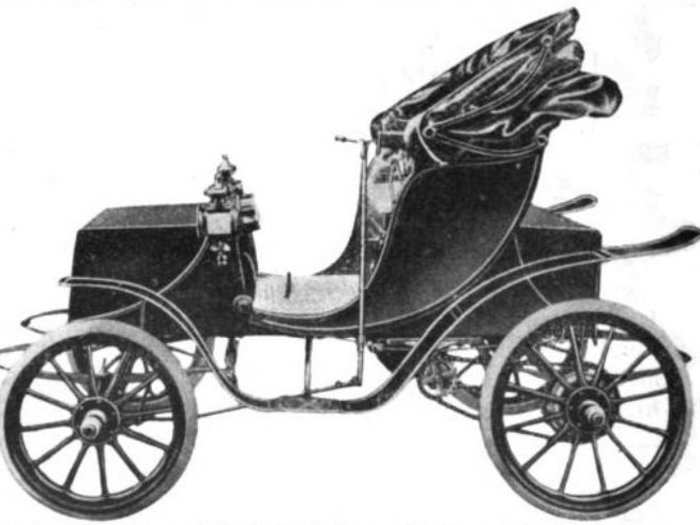
While the early electric cars were basically horseless carriages powered by batteries, they did have some perks.
For one, they didn’t have the smell, noise, or vibration that steam or gasoline cars had. The were also a lot easier to operate. Gasoline cars had to be manually cranked to start, and the vehicles required the driver to change gears while driving, which was very difficult.
Steam-powered cars didn’t require manual gear shifting, but they could take awhile to start and had less range than electric cars.
But by 1935, electric cars were no longer popular.
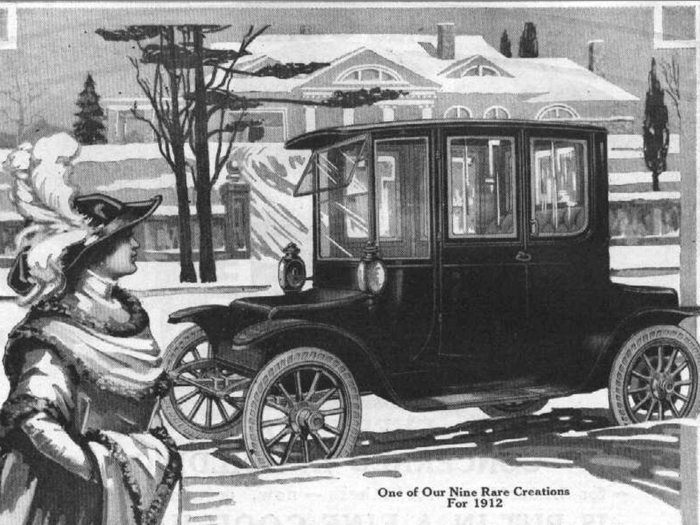
Electric car makers enjoyed some success into the 1920s, but production peaked in 1912.
By this time, Henry Ford’s mass production of combustion engines made gas-powered cars significantly cheaper than electric cars. For example, in 1912 an electric roadster sold for $1,750, while a gasoline car sold for $650.
Next-generation gasoline cars also packed a number of improvements, including an electric starter, that made them a lot easier to operate. By 1935 electric cars were sparse.
It wasn't until the 1960s and 1970s when interest in electric cars began to grow again.
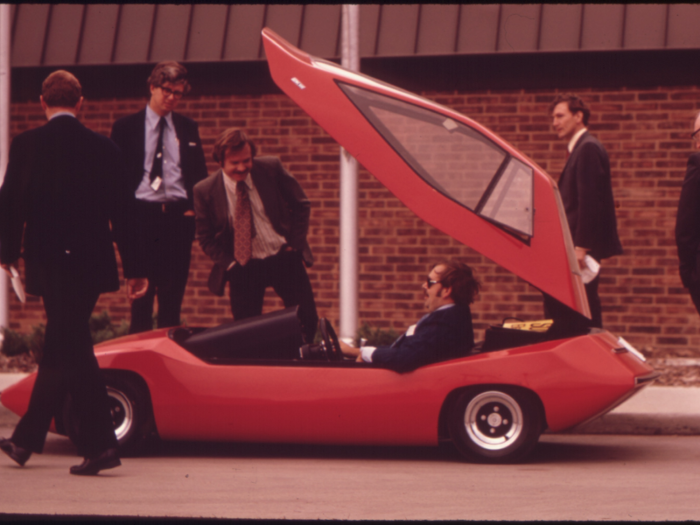
Much like today, concerns over pollution were partly responsible for the renewed interest in developing the technology for electric cars.
In 1970, the Clean Air Act was established, which required states to take control of their air quality and meet certain standards by deadlines. The OPEC oil embargo of 1973, which skyrocketed gasoline prices, also sparked interest in alternatives to fueled vehicles.
And by 1976 Congress took action and passed the Electric and Hybrid Vehicle Research, Development, and Demonstration Act, which authorized the Energy Department to support research and development in electric and hybrid vehicles.
Two companies became leaders in electric car production during the 1970s. The first was Sebring-Vanguard, which produced over 2,000 "CitiCars."
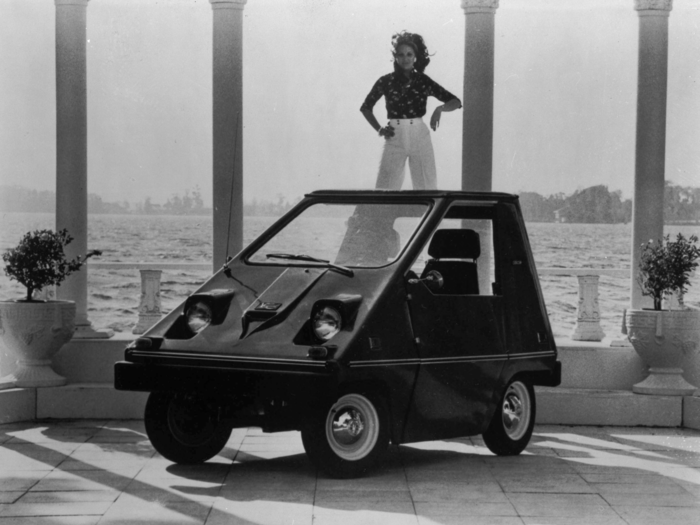
These miniature commuter cars had a top speed of 44 mph, a normal cruise speed of 38 mph, and a range of 50 to 60 miles.
The Citicar and its variants remained the most-produced American electric car until 2011, when the Tesla Roadster surpassed it.
The other company that rose to prominence was Elcar Corporation.
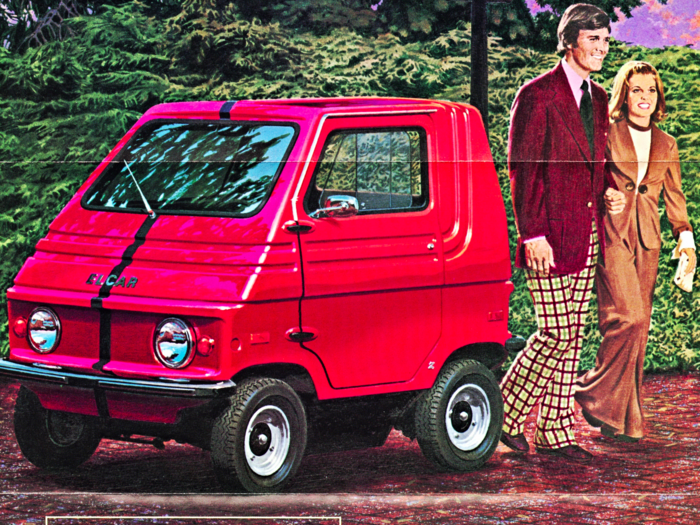
The Elcar had a top speed of 45 mph, a range of 60 miles, and cost between $4,000 and $4,500.
Electric cars weren't just a US phenomenon, though. Automakers around the world began investing more in the technology. BMW even debuted its first electric car at the 1972 Summer Olympics.
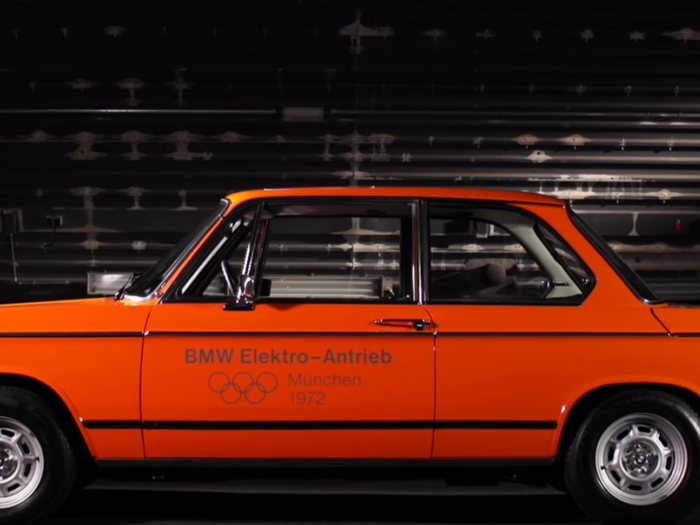
BMW's 1602 E was developed in 1972 and was showcased at the Summer Olympics that year.
Twelve lead-acid starter batteries powered the vehicle, which featured a 42-horsepower electric motor. It could reach a top speed of 62 mph and had a range of 37 miles.
Although Olympics organizers used the 1602 E during the Munich games, the vehicle never went into production.
Many more electric cars debuted in the 1970s, but not many sold.
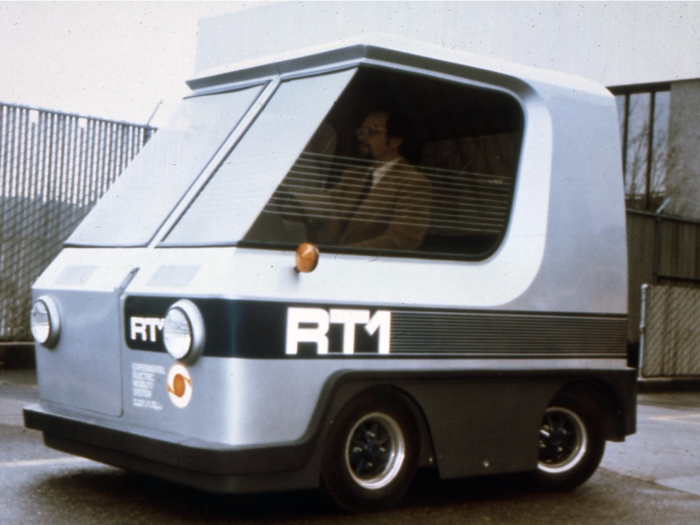
Limitations in range and speed — and style — kept electric cars from being adopted on a mass scale, and their popularity died down in the 1980s.
But by 1990's, emissions regulations once again pushed automakers to revisit electric vehicles.
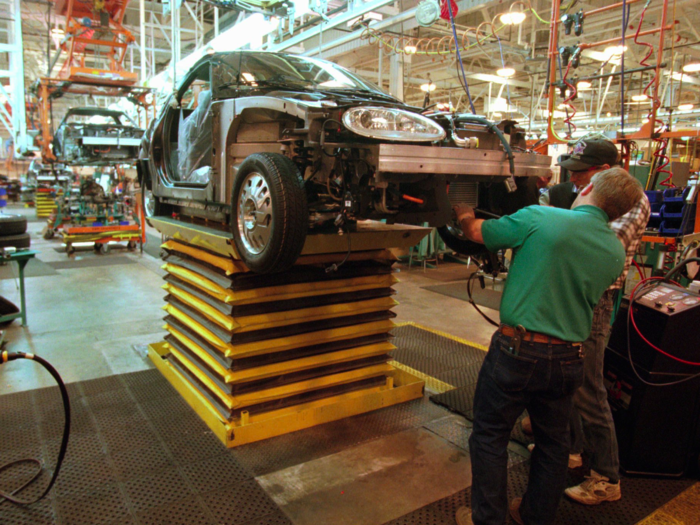
The 1990 Clean Air Act Amendment and the 1992 Energy Policy Act helped spur investment again in electric vehicles.
The California Air Resources Board also passed new regulations that required automakers to make and sell a zero-emissions vehicle in order for them to market their cars in the state.
One of the most popular electric cars during this period became General Motors EV 1.
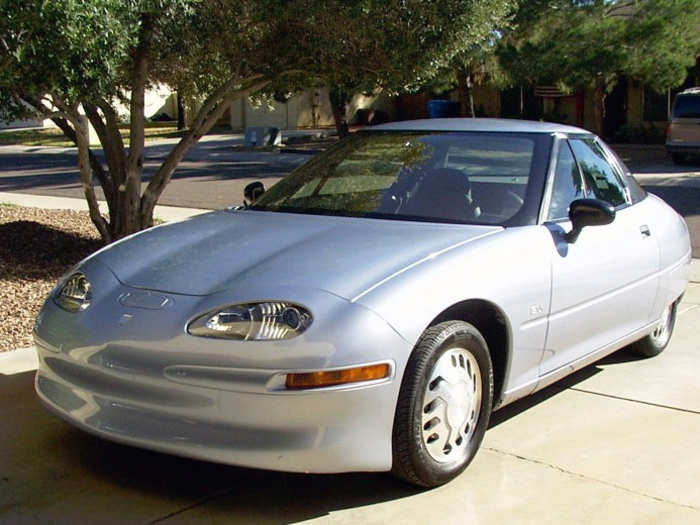
Beginning in 1996, GM produced 1,117 units of its EV1. The car was only available to people in California, Arizona, and Georgia and it could not be bought, only leased.
The car boasted a range of about 100 miles on a single charge and could go from zero to 60 in just seven seconds.
While consumers responded positively to the EV1, it wasn't a profitable business for GM and the company decided to recall all of the vehicles once leases had expired. The company then destroyed most of the vehicles, only keeping 40 model to donate to museums and other institutes.
The rise of the Toyota Prius also helped grow interest in fuel-efficient cars.
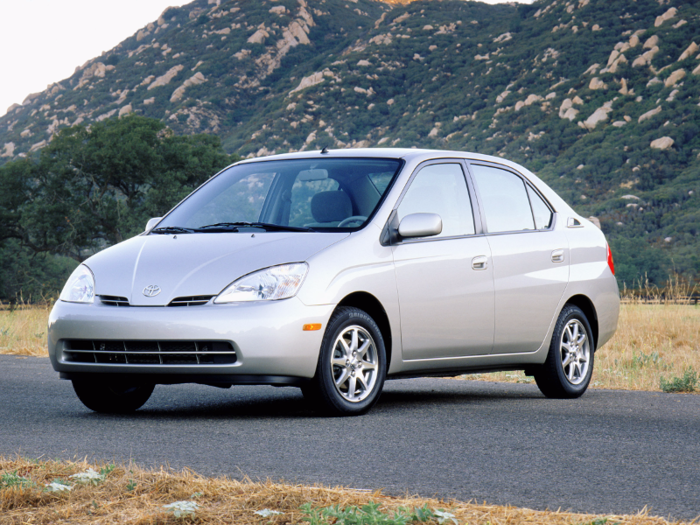
The Prius was first produced in Japan in 1997, but then it became available worldwide in 2000.
The Prius was one of the first mass-produced hybrid-electric vehicles, and it quickly became a statement car.
In the first year of its global launch, the company sold some 50,000 Prius vehicles worldwide.
By July of this year, the company had sold more than 8 million hybrid vehicles — more than 5 million of which were Prius cars.
And in 2006, news of Tesla's plans for a battery powered car with a range of 200 miles per charge helped raise the profile of electric vehicles.
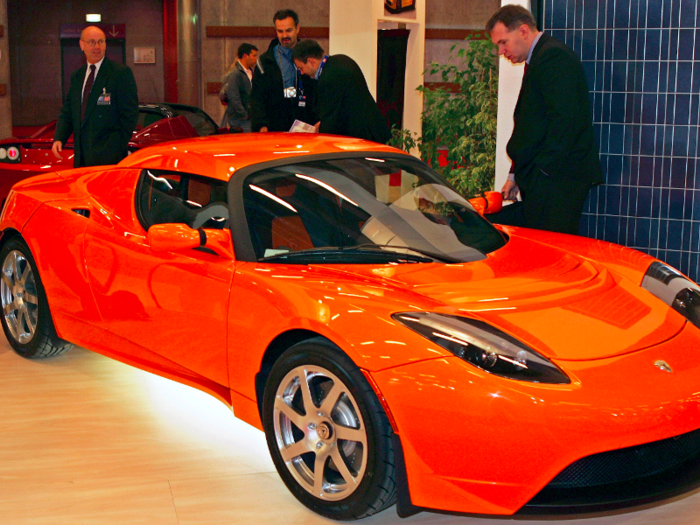
By 2011, the Tesla had launched its Roadster. But while the car had a range of more than 240 miles per charge, it cost more than $100,000.
In 2010, Nissan begin delivering its all-electric Leaf in the US.
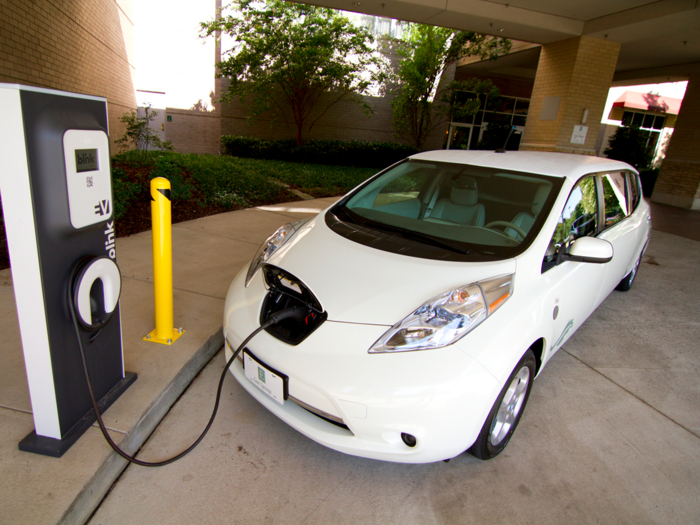
Nissan's Leaf has a range of 100 miles per charge and a more budget-conscious price of around $30,000.
The car is currently the bestselling electric highway-capable vehicle in the world. As of December of this year, Nissan has sold more than 200,000 Leafs worldwide and more than 88,000 in the US alone since its launch.
Looking forward, Tesla has big plans to produce its first mass-market car, called the Model 3, by 2017.
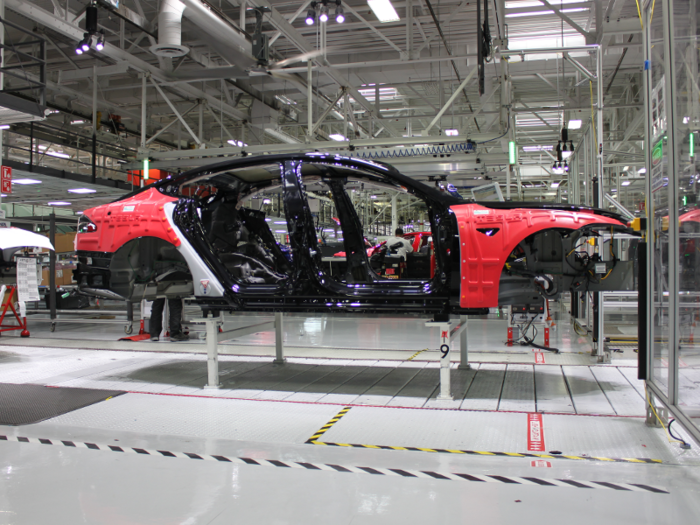
While Tesla has thus far focused on selling luxury high-end vehicles, it is expected to begin producing its first budget electric car in 2017.
The Model 3 will feature a range of more than 200 miles and price of about $35,000.
In response, traditional automakers like General Motors and Volkswagen are ramping up investment in the space.
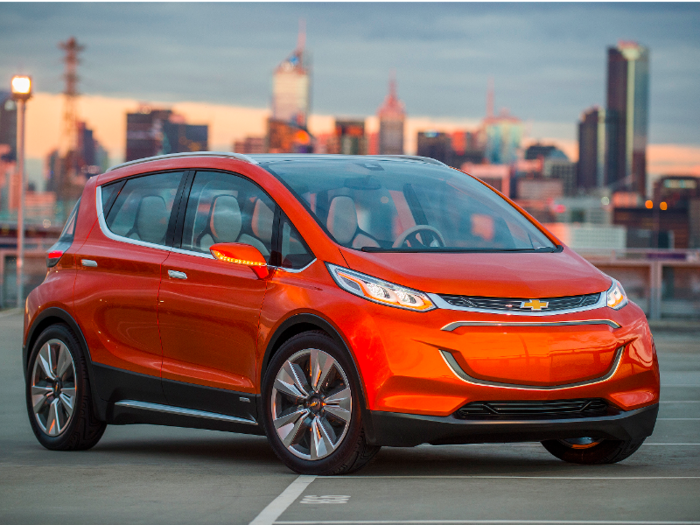
During the next few years, we will see a number of electric cars come to market from older automakers.
General Motors is aiming to have its Chevy Bolt, shown above, go into production late in 2016. The car will feature a range of 200 miles and charging to 80 percent capacity in just 45 minutes.
It's also expected to price around $30,000, which will make it a direct competitor with Tesla's Model 3.
A new car start-up called Faraday Future is taking after Tesla and is planning on building a long-range electric car.
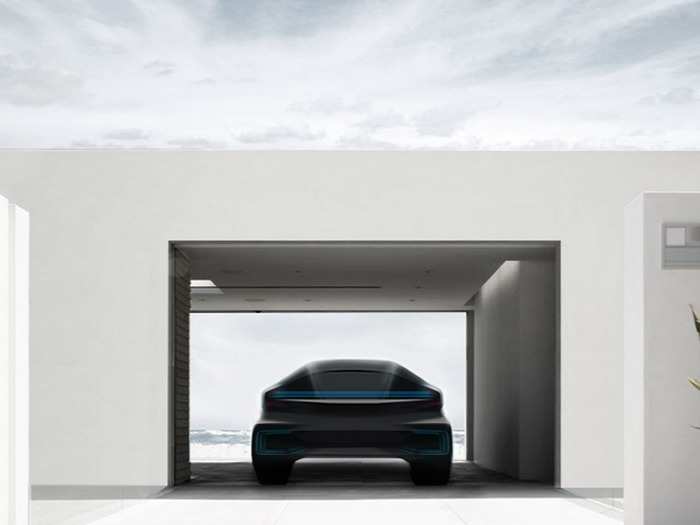
Faraday Future is still in stealth mode, but the company has said it plans to have cars on the road by 2020.
The company hasn't shared any details about the exact range of its vehicles. However, Nick Sampson, its head of research and development, said that the batteries in its cars will be larger than Tesla's. This might mean Faraday Future's first cars could have a range of 250 miles or more per charge.
Popular Right Now
Popular Keywords
- India’s wearables market decline
- Vivo V40 Pro vs OnePlus 12R
- Nothing Phone (2a) Plus vs OnePlus Nord 4
- Upcoming smartphones launching in August
- Nothing Phone (2a) review
- Current Location in Google
- Hide Whatsapp Messages
- Phone is hacked or not
- Whatsapp Deleted Messages
- Download photos from Whatsapp
- Instagram Messages
- How to lock facebook profile
- Android 14
- Unfollowed on Instagram
Advertisement